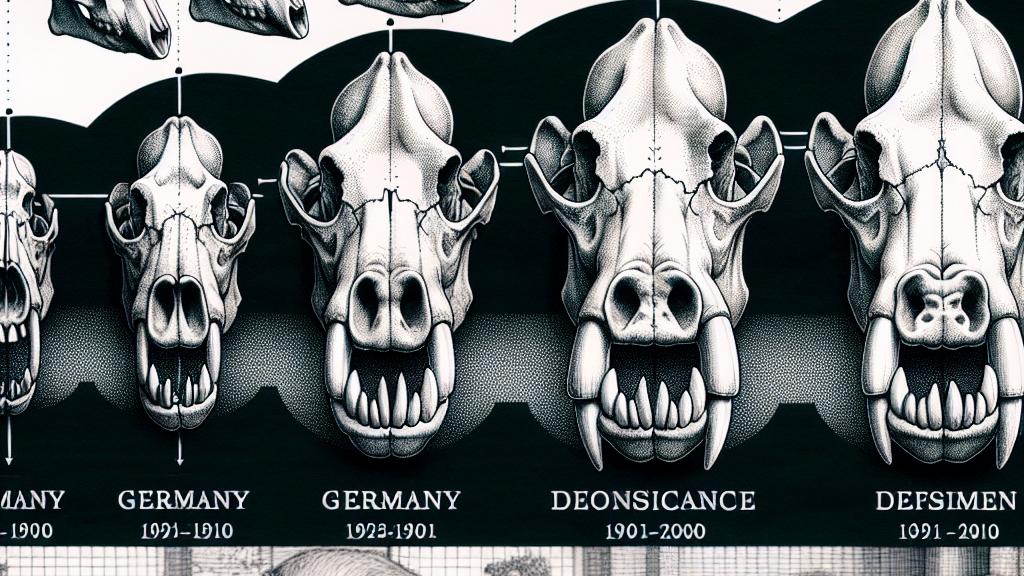How Human Actions Have Changed Pig Skull Shapes
Overview
- Human activities have dramatically altered the shapes of domestic pig skulls.
- Innovative breeding practices from the early 1900s played a major role in this transformation.
- The rapid evolution showcases the powerful influence of human choices on animal morphology.

The Surprising Story of Pig Evolution
Picture this: over just one century, Germany's domestic pig skulls have undergone remarkable transformations, with humans at the helm. Researchers from Martin Luther University Halle-Wittenberg took a deep dive into 3D scans of pig skulls and made a striking discovery. Modern pigs now sport shorter, flatter snouts than those of their ancestors, and this shift is tightly linked to the burgeoning demand for pork in the early 20th century. Farmers, eager to meet consumer needs, adopted new breeding practices focusing on rapid growth and improved meat yield, effectively reshaping the evolutionary path of these animals.
Revolutionary Breeding Practices
In their study, scientists examined two distinct breeds of domestic pigs: the Deutsches Edelschwein and the Deutsches Landschwein. To their surprise, both breeds displayed similar skull changes, even though they were raised in separate environments. This phenomenon reveals an intriguing point: breeders didn’t purposefully select for skull shape; their primary goal was to enhance traits like growth rates and fertility. Such unintentional modifications underscore the profound impact human agricultural practices have on animal morphology, creating an intricate tapestry of evolution and breeding that highlights our role in shaping the very beings we domesticate.
Dietary Influences: A Key Player
Let’s shift gears and explore the role of diet, a crucial yet often overlooked factor in this evolutionary tale. Unlike wild boars that forage a diverse array of roots, fruits, and other natural foods, modern pigs primarily consume high-protein pellets. This dramatic dietary shift not only maximizes their growth but also intricately shapes their skull development. By contrasting the diets of domestic pigs with those of their wild relatives, we see that human feeding practices significantly steer the evolutionary direction. It’s astounding how the food we provide can act as a catalyst for anatomical changes, revealing the complex interplay between agriculture and animal biology.
Rethinking Evolutionary Change
The conclusions from this research shatter traditional views about the pace of evolution, which typically suggest major changes require millions of years. Dr. Frank Steinheimer, a key researcher, argues compellingly that the rapid changes observed in domestic pigs demonstrate the incredible speed at which human intervention can accelerate evolutionary processes. This astonishing insight forces us to reconsider our understanding of domestication and evolution, potentially guiding us toward more sustainable agricultural practices that honor the profound consequences our actions have on the animals we raise.

Loading...